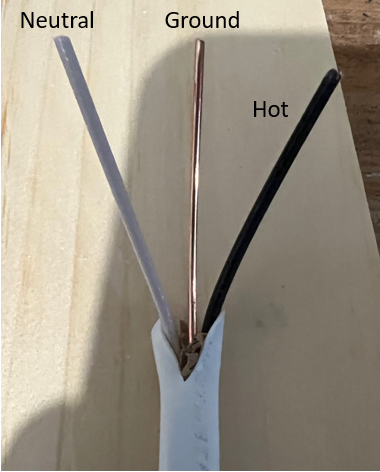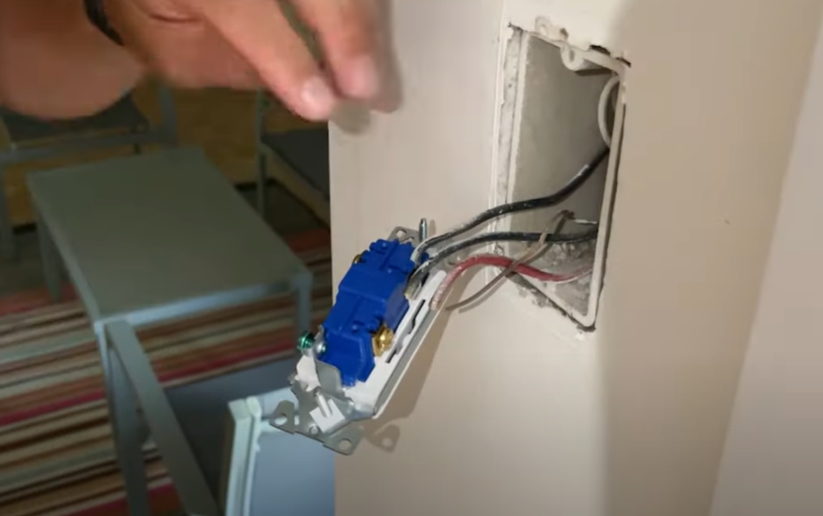When it comes to home electrical repairs, knowing the meaning of electrical wire colors is fundamental. These colors are defined by the National Electric Code (NEC) in the US. This knowledge not only ensures that you handle electrical tasks safely but also helps in troubleshooting and fixing minor issues effectively. In this article, we’ll explore the significance of different wire colors in household electrical systems, providing you with a clear understanding of each color’s role. Whether you’re a DIY enthusiast or just keen on understanding your home’s electrical system, this guide is tailored for you.
Here’s a great video from the “Virtual Electrician” describing what the basic wire colors mean and what they are used for.
The Importance of Wire Colors in Electrical Systems
Electrical wire colors are not just for aesthetic purposes; they serve a critical function in identifying the purpose and function of each wire. This color coding helps in ensuring safety, simplifying installations, and aiding in troubleshooting electrical problems. Understanding what each color represents is the first step in any electrical repair or project.

The Ground Wire – Bare Copper or Green with a Yellow Stripe
The ground wire, typically bare, green, or green with a yellow stripe, is a vital component of your home’s electrical system. Its primary role is to provide a safe path for electricity to return to the ground in case of a fault. This action helps in tripping the circuit breaker, thereby cutting off electricity and preventing potential hazards.
The Live Wire – Black!
The black wire in your electrical system is known as the live or hot wire. This wire is responsible for transporting electricity away from the electrical panel to where it’s needed. It’s the main carrier of power in your circuits and demands careful handling due to its active nature.
The Neutral Wire – White
The white wire, or in some cases, gray, is the neutral wire. It plays a crucial role in completing the electrical circuit by carrying the current back to the panel. Think of it as a return path for the electricity, allowing for a continuous and safe flow of power.
The Red Wire – An Alternate Phase
Encountering a red wire indicates another hot wire, connected to a different phase in the electrical panel. This wire is often used in installations that require a higher power demand or in multi-way switch setups. Understanding its function is essential for complex electrical tasks.
Wire Re-Identification – Know the Changes
Sometimes, electricians re-identify wires by wrapping them with differently colored tape. For instance, a white wire with black tape is now functioning as a hot wire. Being aware of these changes is important for accurate troubleshooting and repairs.
Expanding Your Electrical Knowledge
For those keen on diving deeper into electrical concepts, such as understanding different phases, our video on phases offers comprehensive insights. Expanding your knowledge in these areas enhances your ability to handle more complex electrical tasks confidently.
Final Thoughts
Understanding electrical wire colors is a fundamental aspect of DIY electrical work. It ensures safety, efficiency, and accuracy in your home repairs and projects. Remember, if you’re ever in doubt, consulting a professional or visiting TrustworthyHomeAdvice.com for guidance is always a wise decision. Stay informed, stay safe, and happy DIY-ing!

